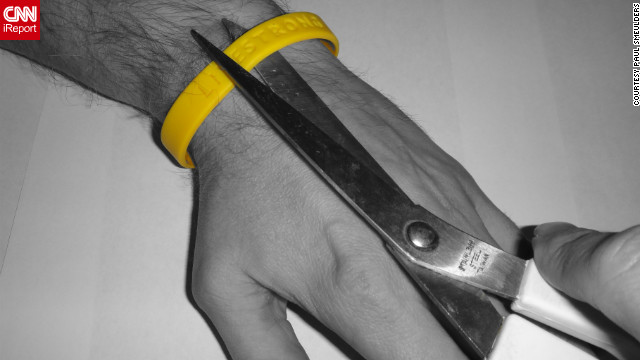The Livestrong bracelet
was a staple of the 2000s as a symbol of solidarity, support, passion for a
cure, and American patriotism. Now, 15 years after the charity’s inception, its
founder, board member, and face, Lance Armstrong, is stripped of his medals and
banned from the International Cycling Union for life today. Armstrong is still
very much the face of Livestrong, as much as the foundation has created a
legacy for itself, and the new association between the athlete and his cheating
spills over into an association between his cheating the American public’s
faith in Livestrong and Livestrong itself. This leaves the inevitable question:
what is the future of Livestrong?
As Loren
Steffy of the Houston Chronicle observes, “It's tempting to compare
Armstrong's departure with that of a business losing a CEO who personifies the
company.” While some argue Livestrong is not necessarily synonymous with
Armstrong anymore, it is not terribly convincing. Aside from the obvious that
the name of the charity is a play on the name of the disgraced athlete, the
trend of sporting a yellow wristband was not only a symbol of a pledge to
cancer research but also an image of solidarity with Armstrong and other cancer
survivors. How can we move beyond that empathy the wristband evokes for a
failed icon and toward supporting a worthy cause?
In some ways, it doesn’t matter who the name is on the
flier. Yoko Ono, one of
the most disliked celebrities of all time, is a longtime supporter of the
Spirit Foundation and has successfully elevated the foundation’s net worth and
status. Even if the name is in the charity, sometimes no one cares. David
Copperfield’s David Copperfield’s Project Magic Fund is one of the top
celebrity charities according to USA
Today, which is no small feat considering how, apparently, easily mockable he is.
In the case of Livestrong, it is not clear how much
Armstrong’s demise will affect the charity, the name, or the cause. The charity
raised $2.5 million last week, suggesting that the folks behind the charity are
not wasting time in asserting a message of progress instead of defeat.
Armstrong, meanwhile, has sent mixed messages. The day after the USADA report
was released, he Tweeted, “"What am I doing tonight? Hanging with my
family, unaffected, and thinking about this.” Inspiring stuff.
Here’s to Livestrong reinventing itself beyond Lance.
Clink.


